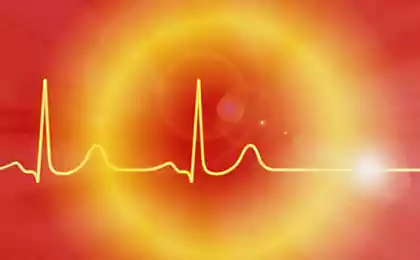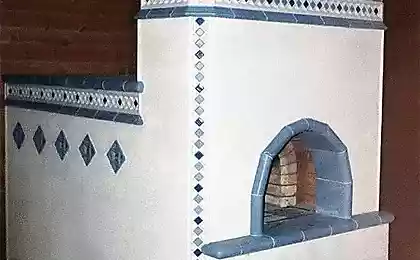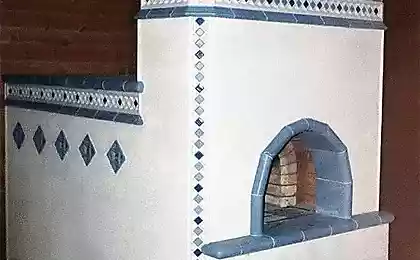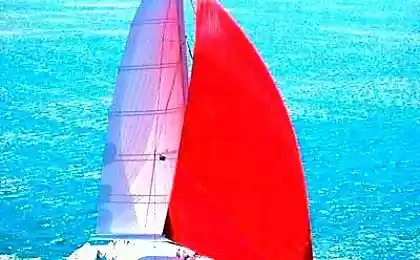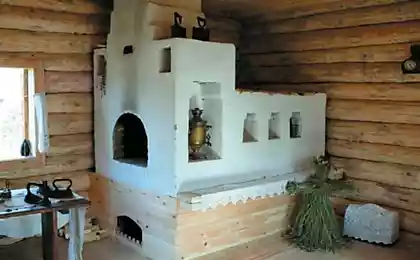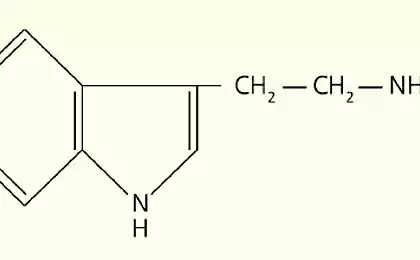822
Rhythm, line, meter and great people who know it
Whence optical art?
Yesterday, a lecture on "Proportion" We talked about how important it is time to "stop" the metric series, how would dilute it, as People normally perceives a number of 7 items, plus or minus 2. If the item is greater than 9, for us it is not a number, but some ornament, mosaic, if less than 5, it is the individual independent elements.
Two artists of the 20th century found a very original way of building rows and creating rhythms. I think their experience is very useful and current designers and architects in solving the problems of the organization of space.

French painter and sculptor of Hungarian origin - Victor Vasarely - the brightest representative of op-art (optical art). He studied the effects of this art and its application in architecture and design.
Optical illusion initially present in our visual perception: there is not only the image on the canvas but in reality, and in the eyes, and the brain of the viewer. The task of op-art - to fool the eye, provoke a false reaction to cause the image of "non-existent". Op art intentionally oppose norms of human perception.
These pictures, breaking our brain and eyes now the sea. There all dazzled, moves, changes, long look at them is impossible. I want to offer a little more.
Pictures Vasarely give breath plane. Distort the three-dimensional space.
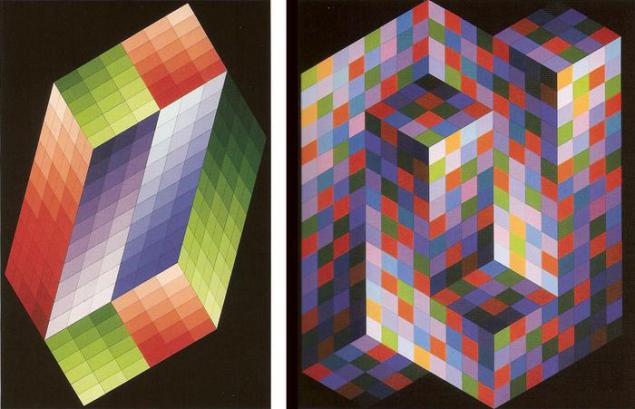
Pel-Cat

3 Boo
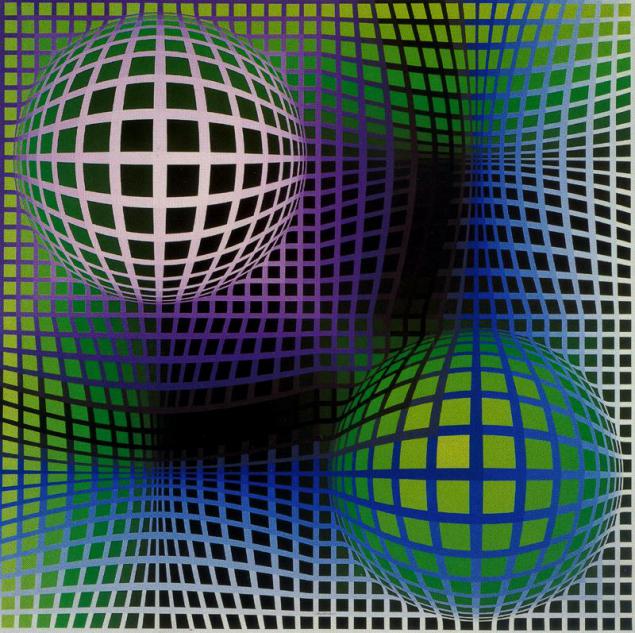
4 What is convex, concave - not understand
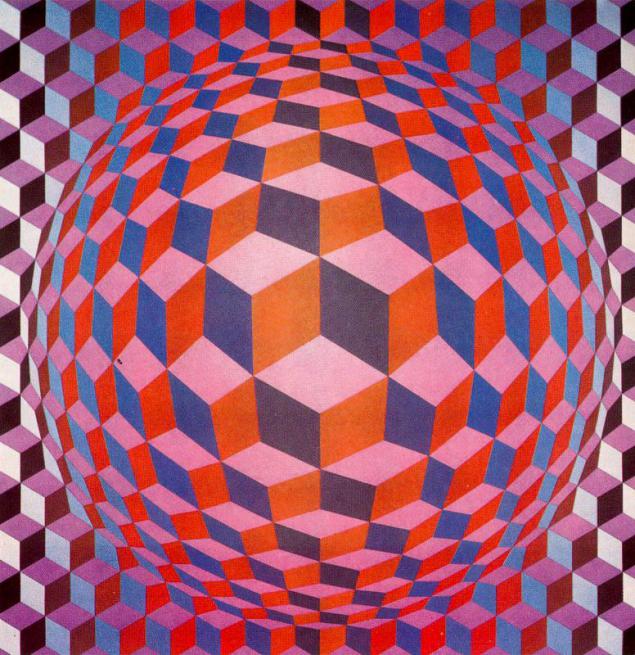
5 Self
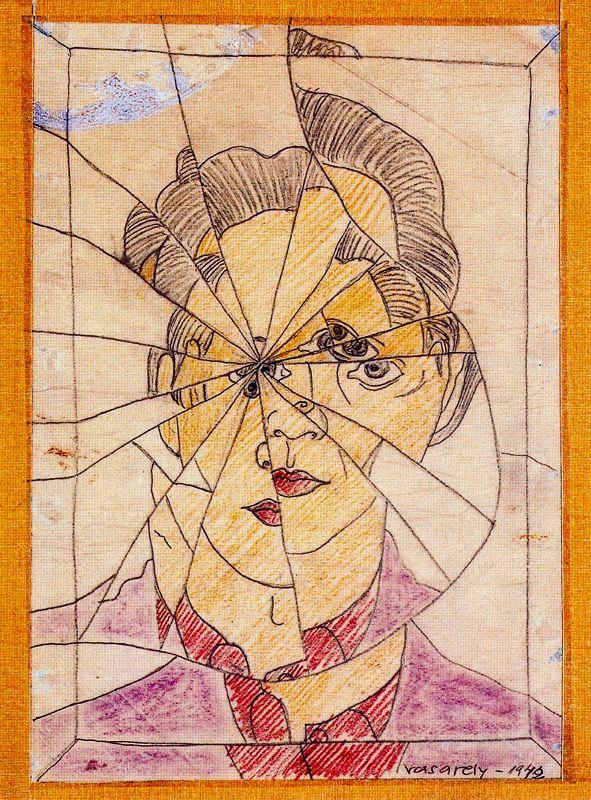
6 Zebra
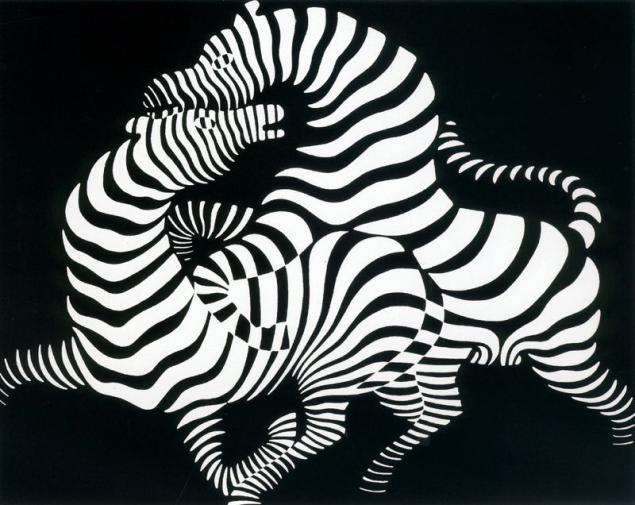
7 People
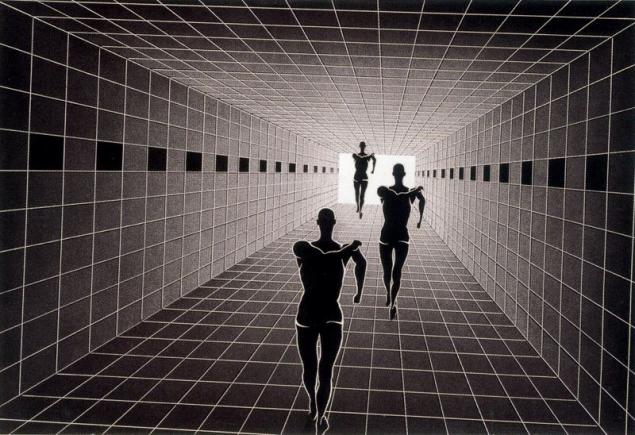
Maurits Escher - Dutch schedule - was interested in all kinds of mosaics - regular and irregular (periodic and quasi-periodic) - and also introduced their own views, which he called "Metamorphosis", where figures change and interact with each other,
and sometimes change, and the plane itself.
It is believed that Asher should be considered in the context of Einstein's relativity theory, Freudian psychoanalysis, Cubism and similar discoveries in the field of relations of space, time and identity.
8 Three World
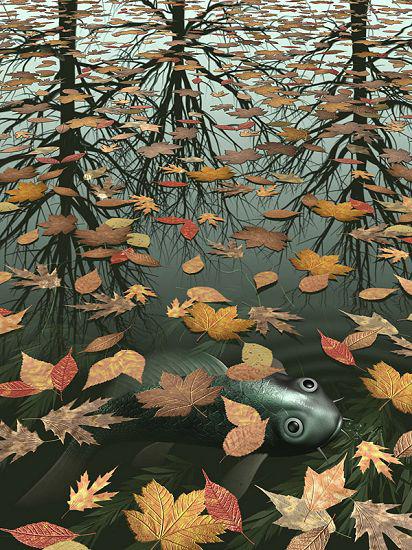
9 Lizards
It shows a table with items placed on it and a picture of reptiles collected in the form of a mosaic.
On the table are arranged normal subjects - books, dishes, pot of flowers.
Lizards are small in size, but does not seem harmless, they have real teeth.
Reptiles alive, crawling in circles on subjects placed on a table, and eventually return back to the flat pattern.
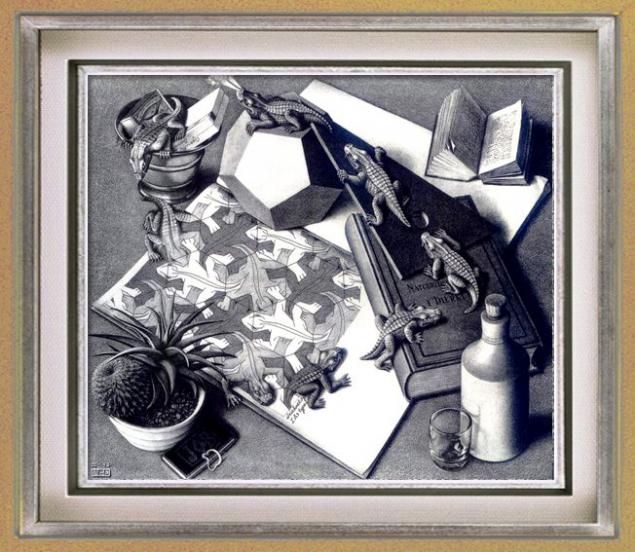
The paradox of these works of art based on the fact that our brain is always trying to present the drawn two-dimensional drawings on paper as three-dimensional. Escher created many works that appealed to the ability of the human mind
10 Metamorphosis
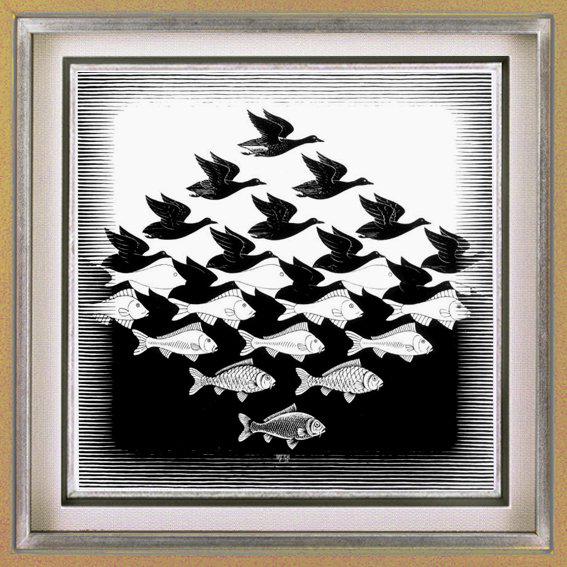
11 House with stairs

12 Drawing Hands
- Lithography, which was first published in January 1948. On a sheet of paper depicted two arms which lie below the wrist in the picture plane, a circuit denoted by thin lines. Above the wrist materialize, and are involved in the process of drawing each other.

12 Something similar

14 Metamorphosis
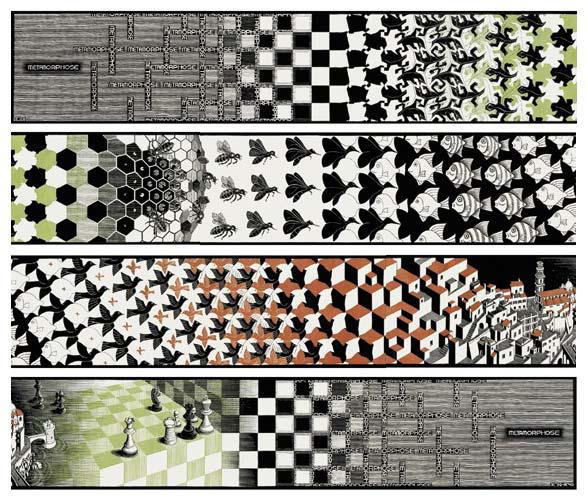
Source:
Yesterday, a lecture on "Proportion" We talked about how important it is time to "stop" the metric series, how would dilute it, as People normally perceives a number of 7 items, plus or minus 2. If the item is greater than 9, for us it is not a number, but some ornament, mosaic, if less than 5, it is the individual independent elements.
Two artists of the 20th century found a very original way of building rows and creating rhythms. I think their experience is very useful and current designers and architects in solving the problems of the organization of space.

French painter and sculptor of Hungarian origin - Victor Vasarely - the brightest representative of op-art (optical art). He studied the effects of this art and its application in architecture and design.
Optical illusion initially present in our visual perception: there is not only the image on the canvas but in reality, and in the eyes, and the brain of the viewer. The task of op-art - to fool the eye, provoke a false reaction to cause the image of "non-existent". Op art intentionally oppose norms of human perception.
These pictures, breaking our brain and eyes now the sea. There all dazzled, moves, changes, long look at them is impossible. I want to offer a little more.
Pictures Vasarely give breath plane. Distort the three-dimensional space.

Pel-Cat

3 Boo

4 What is convex, concave - not understand

5 Self

6 Zebra

7 People

Maurits Escher - Dutch schedule - was interested in all kinds of mosaics - regular and irregular (periodic and quasi-periodic) - and also introduced their own views, which he called "Metamorphosis", where figures change and interact with each other,
and sometimes change, and the plane itself.
It is believed that Asher should be considered in the context of Einstein's relativity theory, Freudian psychoanalysis, Cubism and similar discoveries in the field of relations of space, time and identity.
8 Three World

9 Lizards
It shows a table with items placed on it and a picture of reptiles collected in the form of a mosaic.
On the table are arranged normal subjects - books, dishes, pot of flowers.
Lizards are small in size, but does not seem harmless, they have real teeth.
Reptiles alive, crawling in circles on subjects placed on a table, and eventually return back to the flat pattern.

The paradox of these works of art based on the fact that our brain is always trying to present the drawn two-dimensional drawings on paper as three-dimensional. Escher created many works that appealed to the ability of the human mind
10 Metamorphosis

11 House with stairs

12 Drawing Hands
- Lithography, which was first published in January 1948. On a sheet of paper depicted two arms which lie below the wrist in the picture plane, a circuit denoted by thin lines. Above the wrist materialize, and are involved in the process of drawing each other.

12 Something similar

14 Metamorphosis

Source:
